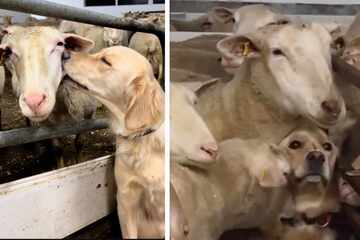Help! My dog doesn't want to go for a walk – here's what you can do about it
Most dogs love a nice long walk – don't they? There are dogs who, to the great surprise of their owners, don't want to go for a walk at all!
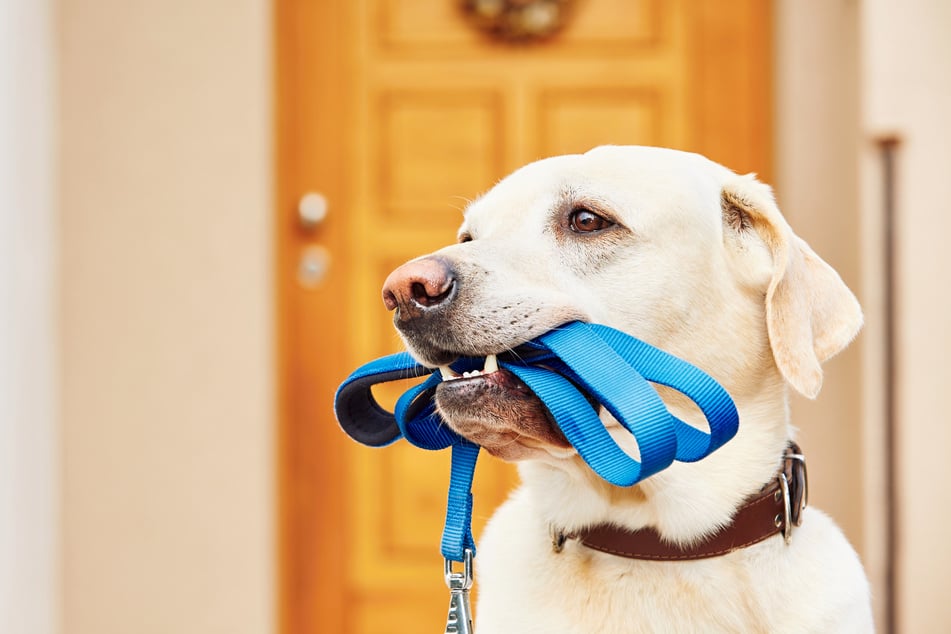
Dogs need to go for a walk to exercise, do their business, explore, and live a balanced and enriched life.
So it's all the more surprising when a new puppy resists a walk. Even older dogs sometimes don't seem to enjoy going for a walk and simply stop in place.
This leaves dog owners perplexed, standing on the spot with their four-legged friend and wondering why the dog won't go any further. Regardless of what they try to entice it with, the dog keeps stopping.
But that's no reason to despair, because TAG24 explains why some dogs may spurn the leash and how you can encourage them to walk properly in the future.
You can find more tips and tricks on how to train your dog properly in the dog guide.
Why doesn't the dog want to go for a walk?
The fact that your dog doesn't want to go for a walk may be annoying at first, but your four-legged friend never means any harm.
If the dog shows its reluctance to go for a walk, the following causes are conceivable:
- The dog has noticed something interesting and wants to explore it
- The dog's harness or leash is too tight
- The dog has had a bad experience on a walk
- There is something on the usual route that the dog is afraid of
- The dog is afraid to leave the house
- The dog does not like the weather (rain, snow, or heat)
- The route is too long, and the dog is exhausted
- The dog needs to get used to a new environment or route
- A stranger or a person the dog does not trust is taking the dog for a walk
- The dog is looking forward to being fed afterwards and wants to speed things up
- The dog is in pain when walking or is ill
In principle, it is important to check whether the dog is uninjured or healthy in all cases of behavioral abnormalities.
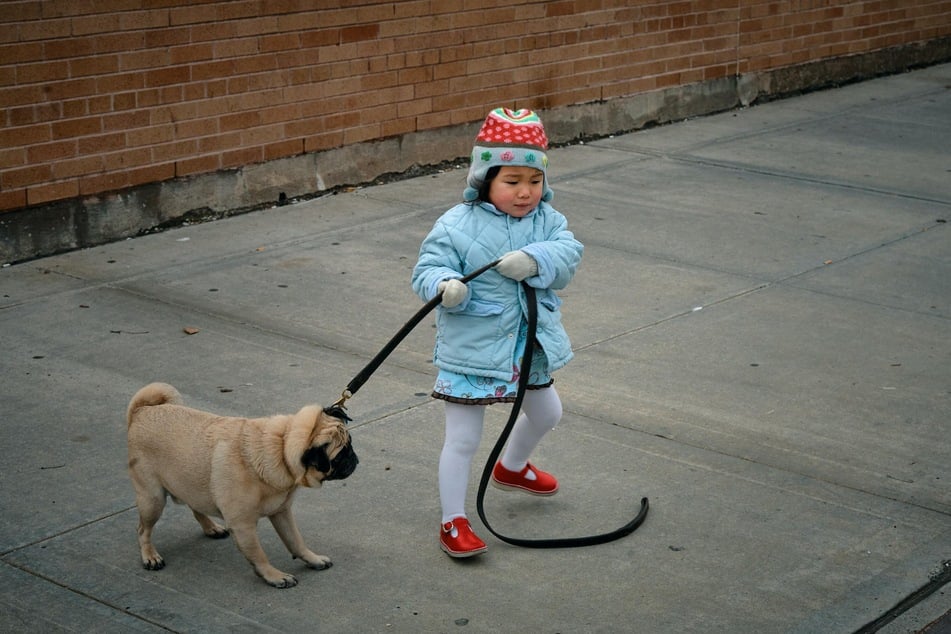
Scenario: Puppy does not want to go for a walk
If a puppy doesn't want to go for a walk, this is completely normal at first.
The little dog has only recently been separated from his mother and has to get used to his new home. Especially in the early days, the apartment or house is a safe place that he is just getting to know.
It's no wonder that leaving the sheltered home and being confronted with a mass of new impressions is frightening at first. Outside the home, for example, there are numerous smells from several days ago, loud noises, moving objects, and hot or cold weather. What may be completely normal for the owner can be totally overwhelming for the puppy.
If the puppy is afraid or it becomes too much for him, he pulls on the leash and refuses to walk. The place where the puppy pulls can give an indication of the possible causes of this behavior.
It is conceivable that the little dog is afraid or unsure if it stops in the apartment, at the front door or at the garden gate. Puppies also refuse to go up or down stairs due to discomfort or fear.
If the puppy always stops at the same place on the route, for example at a noisy crossroads or in front of a park with lots of dogs, then this indicates that the situation and the impressions it brings are too much for him. Puppies need time to get used to new impressions and to cope with unfamiliar situations.
If the puppy suddenly stops or possibly lies down, it could also be exhausted. Increased panting and trembling are also signs of overexertion. Young dogs are not yet able to walk long distances, so a short walk around the house can be enough.
When training a puppy, just as when training a dog, it is important to show patience, perseverance, and consistency towards the animal.
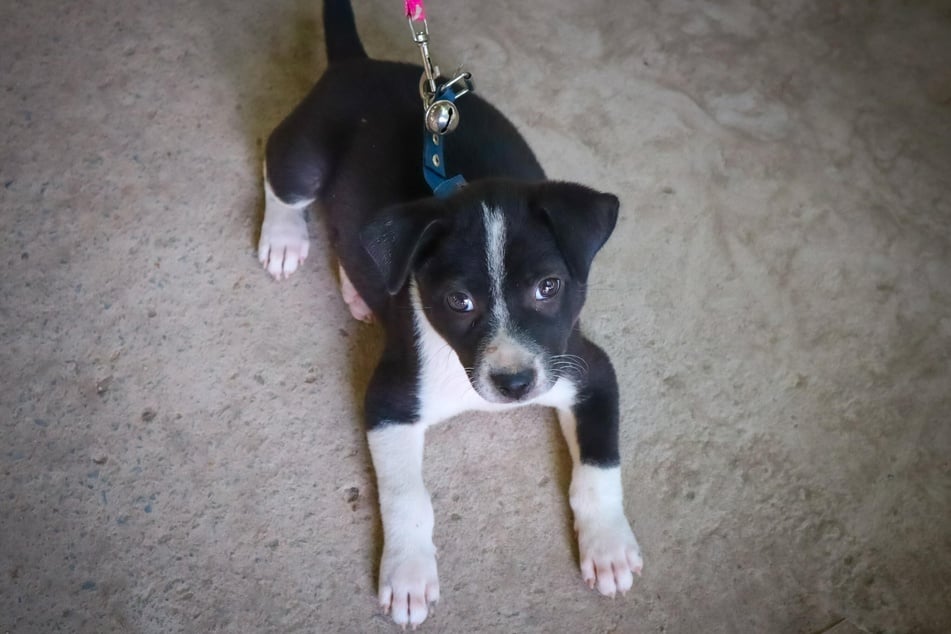
You should never do this if the dog doesn't want to go for a walk
If the dog doesn't want to go, owners may try to tempt it with food or other ways to make it go further. Some get angry and take these emotions out on the dog. But none of this is helpful or healthy!
Dog owners should not do the following if the dog does not want to go for a walk:
- Lure the dog with food
- Lure the dog with a praising or soft voice
- Cuddle the dog
- Pull or drag the dog along on the leash
- Hit the dog with the leash or punish it in any other way
- Scold loudly or shout at the dog
- Only follow the dog and turn around
Note: Treats, more attention, and yielding are rewards for the dog. As a result, pulling while walking becomes a rewarding behavior for him. For this reason, he would do it again and again in the future.
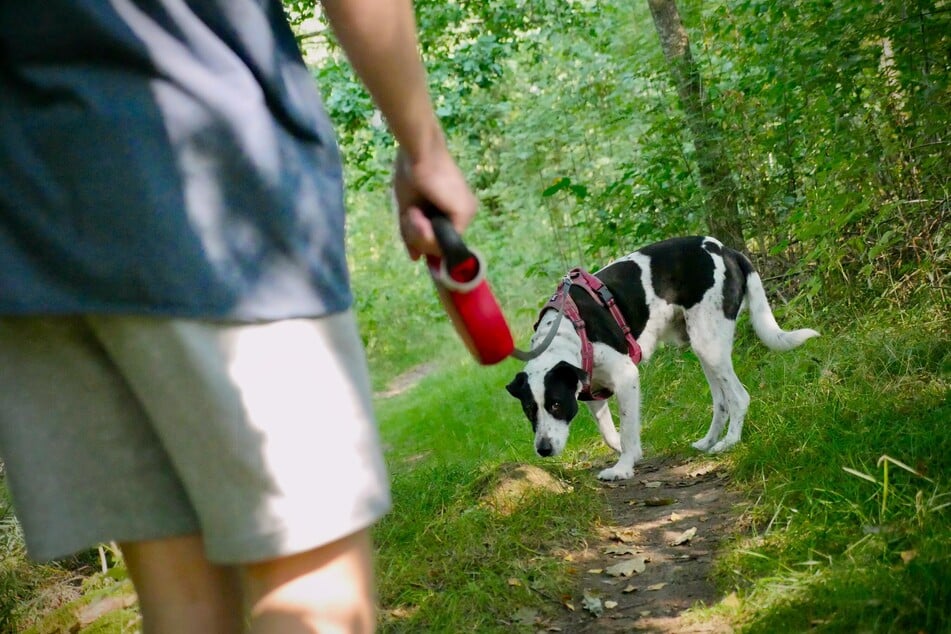
Training while walking with a dog
If you have ruled out the possibility that the dog is ill or has physical problems that prevent it from walking, you can use a few tricks to get the dog to go for a walk.
For puppies in particular, it is important to use a well-fitting harness for walking the dog that does not constrict the neck or slip off the animal when there is a little pressure on the leash. It can also help the dog to try out a different leash.
As with all training and general dog training, only the desired behavior should be rewarded and the undesired behavior ignored.
When walking the dog, this means positively reinforcing running and not reacting to stopping with a positive action for the dog.
If the dog or puppy stops, it means waiting for it to continue walking. Once this has happened, the behavior can be verbally praised. When waiting, it is important that the owner's upper body and gaze are directed in the desired direction. Dog owners should always be aware of their dogs' body language and allow them to rest at their side.
If you feel confident enough, you can exert gentle pressure on the dog with the leash. This does not mean that dog owners should pull on the leash and drag the dog along. The leash should simply be held calmly and carefully, but tautly. The taut leash lets the dog know which direction it should go in and that its master or mistress will not give in. If the dog gives in to the pressure and moves on, it can be praised. If necessary, the person holding the leash can take a step forward.
For a long-term effect, the training should be carried out several times and regularly in particularly difficult places, e.g. stairs or apartment doors. In this way, the dog learns that it will not succeed in stopping and that it is safe to continue.
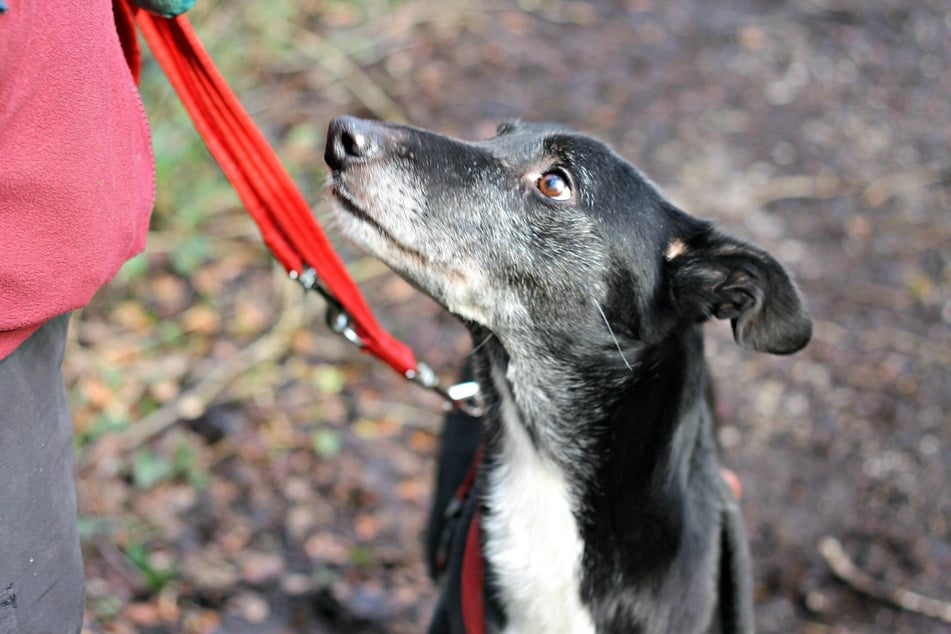
Dog is afraid of going for a walk? These tips will help
The following tips can be useful for very anxious or reluctant puppies and dogs at the beginning:
- Give the dog a short break
- Offer the dog something to drink in the heat
- Lead the way calmly, firmly, and with a relaxed posture so that the dog gains confidence
- Avoid places on a walk with your dog if they repeatedly cause anxiety or stress
- Choose quiet places or routes for walking the dog
- Carry the dog for part of the route
- Walk short distances with the dog
- Take the car to another location and walk the dog there
- Interaction, e.g. games, during the walk
With puppies, the animal should set the pace and length of the route. There is no point in forcing the dog and overtaxing it. This pressure could damage the relationship between the owner and the dog.
If the dog has previously been fed directly after the walk and seems to want to speed this up, this should be changed in the future. One option would be to feed the dog during the walk by playing food games. Another option is to let the dog take a rest after the walk, e.g. on a lying mat, and then feed it afterwards.
If the situation with the dog does not seem to be improving, it is advisable to seek advice from dog trainers after a check-up at the vet.
Cover photo: 123RF/Jaromir Chalabala
